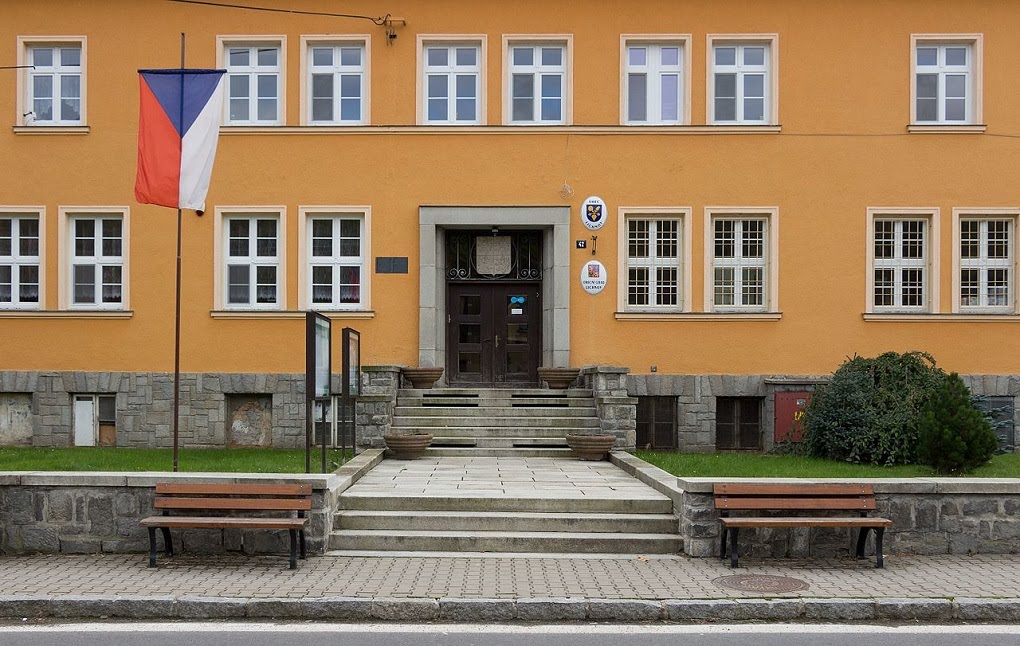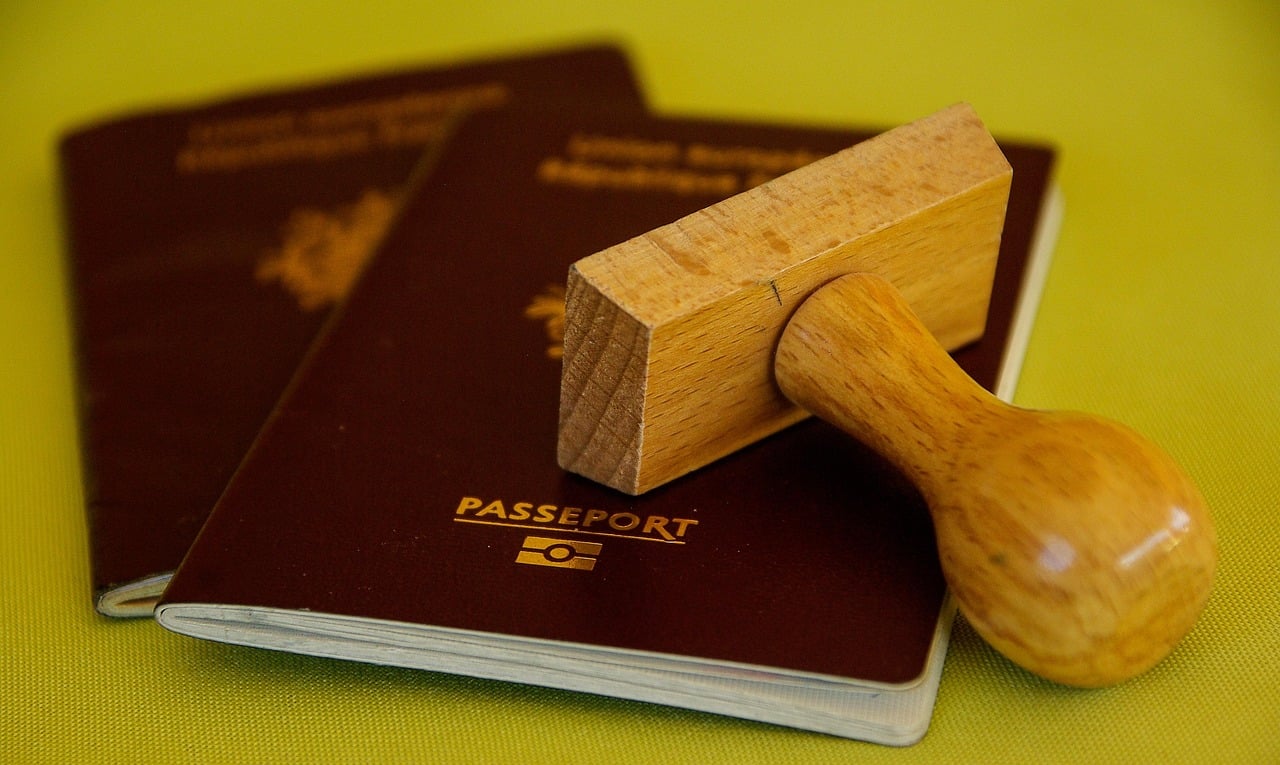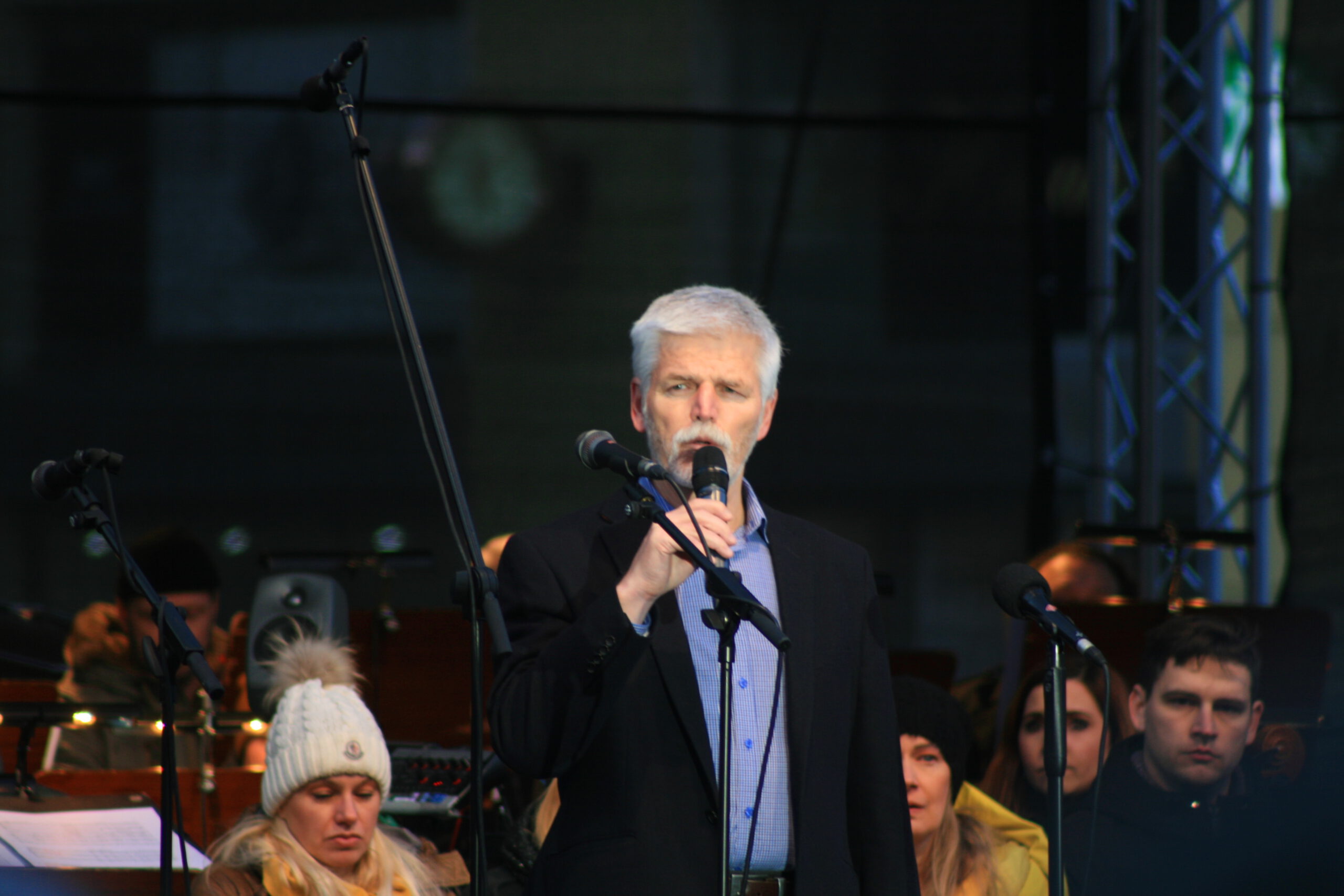As expected: Real estate prices in the Czech Republic continue to rise

The average price of apartments in the Czech Republic surged by 11.87% (11.24% adjusted for inflation) in the first three quarters of 2016. This marks the 11th consecutive quarter of price increases in the country, according to data from the Czech Statistical Office. The price increases are due to several factors, primarily: favorable loan conditions, economic growth, and rising real wages in the Czech Republic.
In Prague, the average increase was 8.34% (7.73% adjusted for inflation) in the prices of second-hand apartments in the third quarter of 2016. In the Czech Republic as a whole, excluding Prague, second-hand apartment prices rose by 13.05% (12.42% adjusted for inflation).
During the first three quarters of 2016, the following economic phenomena occurred:
- According to data from the Czech National Bank, there was a 5.98% increase (5.39% adjusted for inflation) in the prices of new apartments. This price is 9.47% higher than the average price in the first quarter of 2008, which was considered a peak quarter for housing prices.
- The average price of existing apartments exceeded the all-time high from the third quarter of 2008—an increase of 4.13% from that price.
If you will—it may be the best proof that the Czech housing market has fully recovered from the global crisis.
In addition, during the first half of 2016, there was a sharp increase in demand for apartments. The number of new apartments and villas sold was 11% higher than in the same period the previous year—3,960 more apartments, according to the Czech branch of international investment company Jones Lang LaSalle. In most of the apartments sold, the price per square meter ranged between $1,764 and $2,156.
Moreover, data from the Czech Statistical Office show additional trends in the Czech housing market, such as a rise in housing starts by 8.3% in 2015 and an increase in the apartment completion rate by 4.8%. According to Jones Lang LaSalle, by the end of 2016, construction will be completed on approximately 6,500 housing units in Prague—the highest number since the 2009 real estate crisis.
In contrast, during the first half of 2016, the number of housing units available for sale dropped by 23%. Czech real estate company Czech Point 101 claims the reason is one: the slow pace of building permit approvals in major cities like Prague and Brno.
“Right now, it’s not clear how long the approval process will take—if it happens at all,” says the head of the Czech branch of Jones Lang LaSalle. “Thanks to mortgages and favorable repayment conditions, demand for new housing is high, and supply, due to current administrative procedures, continues to shrink.” He predicts this trend will intensify: “The current interest rate is below 2%, and the forecast is that the volume of mortgages this year will be the highest of the decade,” he says.
Additionally, starting in November 2016, a 4% acquisition tax was imposed on buyers instead of sellers, as was previously the case. However, the sale of new apartments is excluded from this change—only second-hand apartment sales are affected. As a result, many apartment buyers finalized their purchases before the new law took effect, which led to a drop in prices during the first three quarters of 2016.
Real estate company Czech Point 101 predicts that apartment prices will continue to rise due to low interest rates, economic growth in the Czech Republic, rising real wages, and the country’s economic policy.
A Brief History of the Czech Real Estate Market
The Real Estate Boom of 1998–2003
According to data from the Czech National Bank, from 1998 to 2003 house prices in the Czech Republic rose by 64%. The main reason was the anticipation of the Czech Republic joining the European Union in 2004. This increase was accompanied by government overspending, resulting in a public deficit. As a result (among other reasons), the Czech Republic did not join the Eurozone in 2004. During this period, building prices rose by 118%, apartment prices by 91%, family house prices by 58%, and land prices by 31%.
The Stagnation of 2004–2005
In 2002, it was decided that all foreign citizens (including EU citizens) who were not Czech would be restricted from purchasing real estate for seven years, until 2009. The housing market essentially froze during 2004–2005, mainly due to budget deficit reduction measures. The average apartment price fell by 2.7% in 2004, a 5.2% drop in real terms. In 2005, although there was an increase of 2.7%, in real terms it was a decrease of 0.5%.
A Short-Lived Spike in 2006–2008
Thanks to low interest rates, apartment prices rose by 8.4% (5.7% in real terms) in 2006. Housing completions during these years jumped by nearly 38% in 2007, reaching a level of 41,649 housing units. The main reason was the expectation that the VAT rate would rise from 5% to 19%. As a result, the housing index rose by 31.2% (27.1% in real terms) in 2007.
The Global Financial Crisis Years: 2009–2013
As a result of the global financial crisis in 2008, apartment prices in 2009 dropped by 12.3% (13.3% in real terms) following a 17.1% increase (10.5% in real terms) in 2008. In addition, housing starts decreased by 14.3% following relatively high completions. In 2010, housing starts declined by 24.6% to 28,135 units and to 27,535 in 2011. According to data from the Czech Statistical Office, housing prices fell by 2.74% (4.68% in real terms) in 2010, by 4.92% (7.18% in real terms) in 2011, by 5.39% (7.97% in real terms) in 2012, and by 1.68% (2.8% in real terms) in 2013.
The Recovery Years: 2014 to Present (2017)
In 2014, the real estate market finally recovered, with house prices rising by 5.68% (5.17% in real terms) as part of the national economic improvement. In 2015, a steep growth of 6.77% (6.69% in real terms) was recorded, and since then, the real estate market has been on a consistent upward trend.
Growth in Residential Construction
Since 2007, mainly due to the negative effects of the global financial crisis and the Eurozone debt crisis, both housing starts and completions declined. However, with the economic recovery, investors returned to the housing market.
According to data from the Czech Statistical Office, housing completions in 2016 increased by 4.8% compared to 2015, following declines in the previous two years: 5.1% in 2014 and 14.4% in 2015.
Additionally, housing starts dropped by an average of 10.4% annually between 2008–2013, but since 2014 there has been a sharp increase: 10.2% in 2014 and 8.3% in 2015.
History of Low Interest Rates
According to data from the Czech National Bank, the average interest rate on taking a mortgage loan dropped in 2016: in 2015 the rate was 3.32%, while in October 2016 it was 2.96% and in November 2016 it dropped to 2.92%.
November 2016
- The average interest rate on short-term fixed-rate mortgages (up to one year) rose to 4.98% compared to 3.98% in 2015, though still lower than the peak rate of 7.37% in October 2008.
- The average interest rate on medium-term fixed-rate mortgages (one to five years) dropped to 4.88%, compared to 5.4% in 2015 and 6.15% in December 2008.
- The average interest rate on long-term fixed-rate mortgages (five years or more) stood at 2.9%, down from 3.13% in November 2015 and from 5.16% in December 2008.
In addition, the Czech National Bank continuously lowered its interest rate since 2009: from 3% before the global financial crisis in 2008 to 0.05% in December 2012. Since then, this rate has remained unchanged and contributed to the economic growth in the Czech Republic while preventing the depreciation of the Czech koruna.
On December 1, 2016, a new consumer law came into effect in the Czech Republic, in accordance with EU directive 2014/17/EU. Parts of this law affect mortgages, for example:
- Penalties for early repayment of mortgages, with a distinction between two types: mortgages taken from December 1, 2016 onward, and mortgages renewed after that date.
- Banks are required to notify their clients of mortgage renewal three months before the renewal date.
- Banks are required to inform clients of the total cost of the mortgage and the annual interest rate.
Although these regulations involve additional costs for banks, they may be passed on to the clients. As a result, several major banks have already raised mortgage interest rates by up to 0.5%.
Expansion of the Mortgage Market
In 2015, the mortgage market in the Czech Republic reached approximately 21.33% of GDP, an increase compared to previous years: 15.27% in 2008 and 4.18% in 2002.
According to data from the Czech National Bank, in the third quarter of 2016, there was a 16% increase in mortgage volume ($1.13 billion) compared to the same quarter the previous year. In total, mortgages reached $39.96 billion during the first three quarters of 2016.
Medium-term fixed-rate mortgages (1 to 5 years) are the most common in the Czech market: they accounted for 52.95% of the market in Q3 2016, while long-term loans (5–10 years) made up only 26.83%. Short-term fixed-rate loans (up to 1 year) comprised 17.13% of the market, and mortgages with terms of 10 years or more made up just 3.09%.
As of mid-2017, mortgages in the Czech Republic are typically issued for 20 years, with financing up to 80% of the property value.
Yields on Income-Generating Properties
According to data from international real estate research firm Global Property Guide from May 2016, average yields from income-generating properties in Prague depend on the size of the property. For example: a 120 m² apartment yields 3.74%, while a 70 m² apartment yields only 3.61%. They therefore state that yield per square meter ranges between $11.58 and $12.41.
These yields are considered relatively low compared to returns achieved in the years 2000–2005: according to the Czech National Bank, the average yield in Prague during those years was 6.8%, in Ostrava 10.8%, and 7.8% in the rest of the Czech Republic.
In recent years, foreign investors have returned to the Czech real estate market to buy properties for investment. According to various data (e.g., from international investment firm Jones Lang LaSalle and Czech real estate agency Svoboda & Williams), most investors are still Czech, with foreigners—mainly Russians—making up a minority (approximately 75% and 25%, respectively).
“Purchasing commercial properties in the Czech Republic has traditionally been an activity of investors from Russia and the Commonwealth of Independent States,” says an investment expert at the information and media firm OPP.Today. However, she claims that recently, these investors have been purchasing residential properties, primarily short-term rental apartments for personal use such as holiday stays.
The sales manager at the Czech real estate company Getberg claims that in the past, residential properties in the city center were popular among these investors, but today most of them purchase private properties for investment—both apartments and houses. Their average budget for buying apartments in Prague ranges from €100,000 to €300,000. Their budget for private houses starts at €350,000 and can reach up to €1.5 million or more.
The End of Rent Price Regulation
In 2006, a law came into effect that abolished rent price regulation (Law No. 10/2006 according to the Czech Legal Code). The goal of the law was to equalize, by 2011, the rent levels between two types of apartments: those with subsidized rent and those in the free market. It is important to note that since the 1980s, part of the rents in the Czech Republic were subsidized under regulation, creating a significant gap between subsidized apartments (government-owned with regulated prices) and non-subsidized apartments.
In fact, most apartments in the Czech Republic until then were subsidized (about 80%, or 750,000 units), and only 300,000 apartments were privately owned. The rest were owned by municipalities. Most cities and towns in the Czech Republic completed the implementation of the law by December 31, 2011, as required, but in some regions the process was completed only by December 31, 2012—for example, the Central Bohemian Region, which includes Prague and cities with populations over 100,000.
This process was intended to improve the returns from renting out residential apartments, but due to slow economic growth during these years, its implementation was delayed along with the expected increase in yields.
Steady Economic Growth in 2017
According to forecasts from the Czech National Bank, the Czech economy is expected to grow by 2.9% during 2017.
According to the International Monetary Fund, in 2014 the Czech Republic experienced an economic turnaround with a growth rate of 2.7%. This came after a 0.8% decline in 2012 and a 0.5% decline in 2013. This trend continued in 2015, when the Czech Republic achieved a growth rate of 4.5%—the highest in eight years. The IMF attributes this growth to increased domestic consumption and rising activity in the real estate market.
Although the Czech Republic enjoyed an average growth rate of 6% during 2004–2007, in 2009 the GDP declined by 4.8%. In subsequent years, the GDP rose (2.3% in 2010 and 2% in 2011), but in 2012–2013 the Czech economy was in recession, mainly due to weak domestic demand.
One of the criteria for joining the Eurozone is a low deficit, and the Czech Republic meets this threshold—for example, in 2013, the deficit was 1.3%, compared to the European limit of 3%. According to the Czech Statistical Office, this standard was maintained in subsequent years: the deficit was 1.9% in 2014 and 0.6% in 2015. In 2016, the budget was expected to be balanced, but the European Commission forecasted a 0.2% deficit in 2017.
According to data from the Czech Statistical Office, the unemployment rate in October 2016 stood at 3.9%, a decrease from 4.7% in the same period the previous year. As of October 2016, there were 204,000 unemployed people in the Czech Republic—15.8% fewer than in 2015.
In addition, in November 2016, inflation in the Czech Republic rose by 1.5%—the highest rate in three years—compared to just 0.8% the previous month. This increase still falls within the Czech National Bank’s inflation target of 1–3%. According to the IMF, inflation rates in 2014–2015 were even lower than forecasted: 0.4% in 2014 and 0.3% in 2015. The Czech National Bank expects inflation to reach 1.9% in 2017.
Relations with the EU and NATO
In July 2016, the President of the Czech Republic called for a referendum that would address two issues: the country’s withdrawal from the European Union and from NATO. The president was quoted on radio as saying: “I disagree with those who want to leave the EU, but I will do everything to allow them to express themselves through a referendum. The same goes for exiting NATO.”
However, the president’s call for a referendum is unlikely to be accepted. The spokesperson for the Czech Prime Minister even declared: “The government is not considering any steps that would question our membership and alignment of foreign policy with these two bodies. Therefore, the Czech government sees no need for a referendum.”
For more information about real estate investment in the Czech Republic, feel free to contact us.





